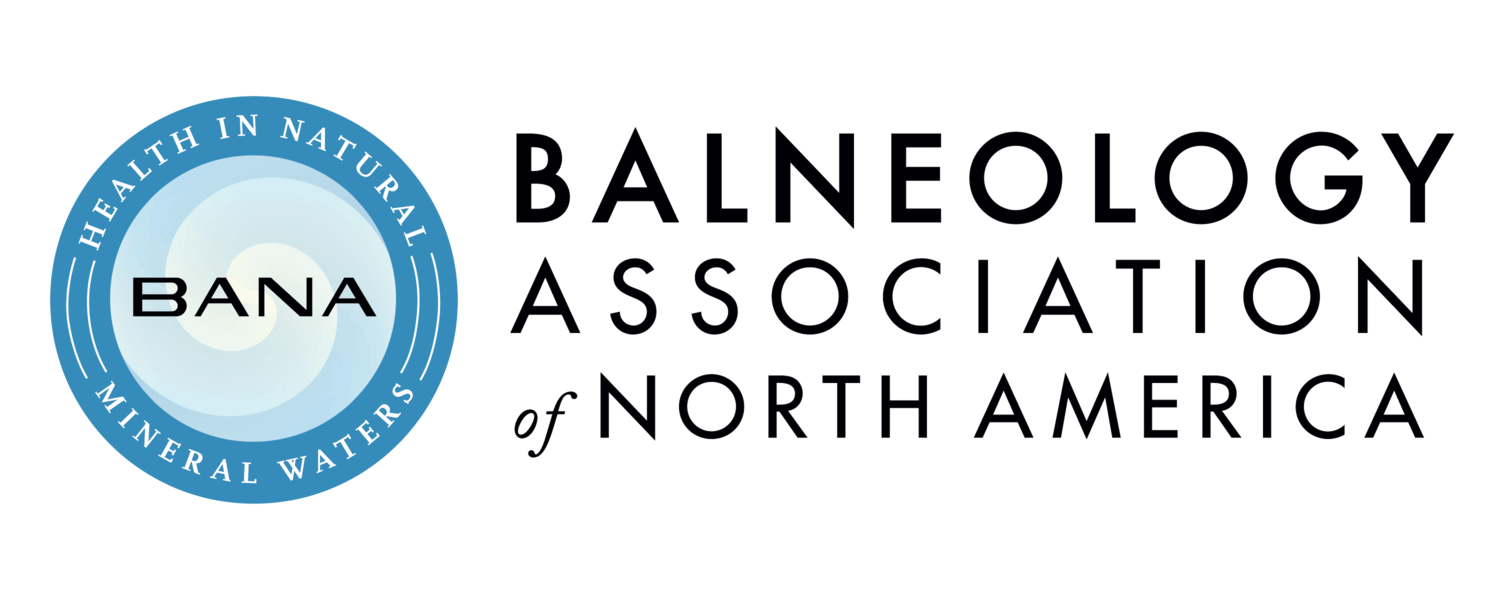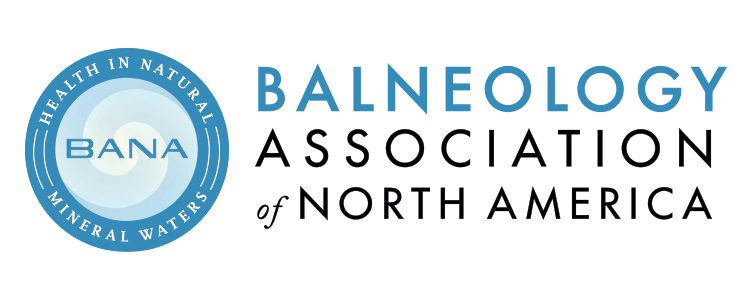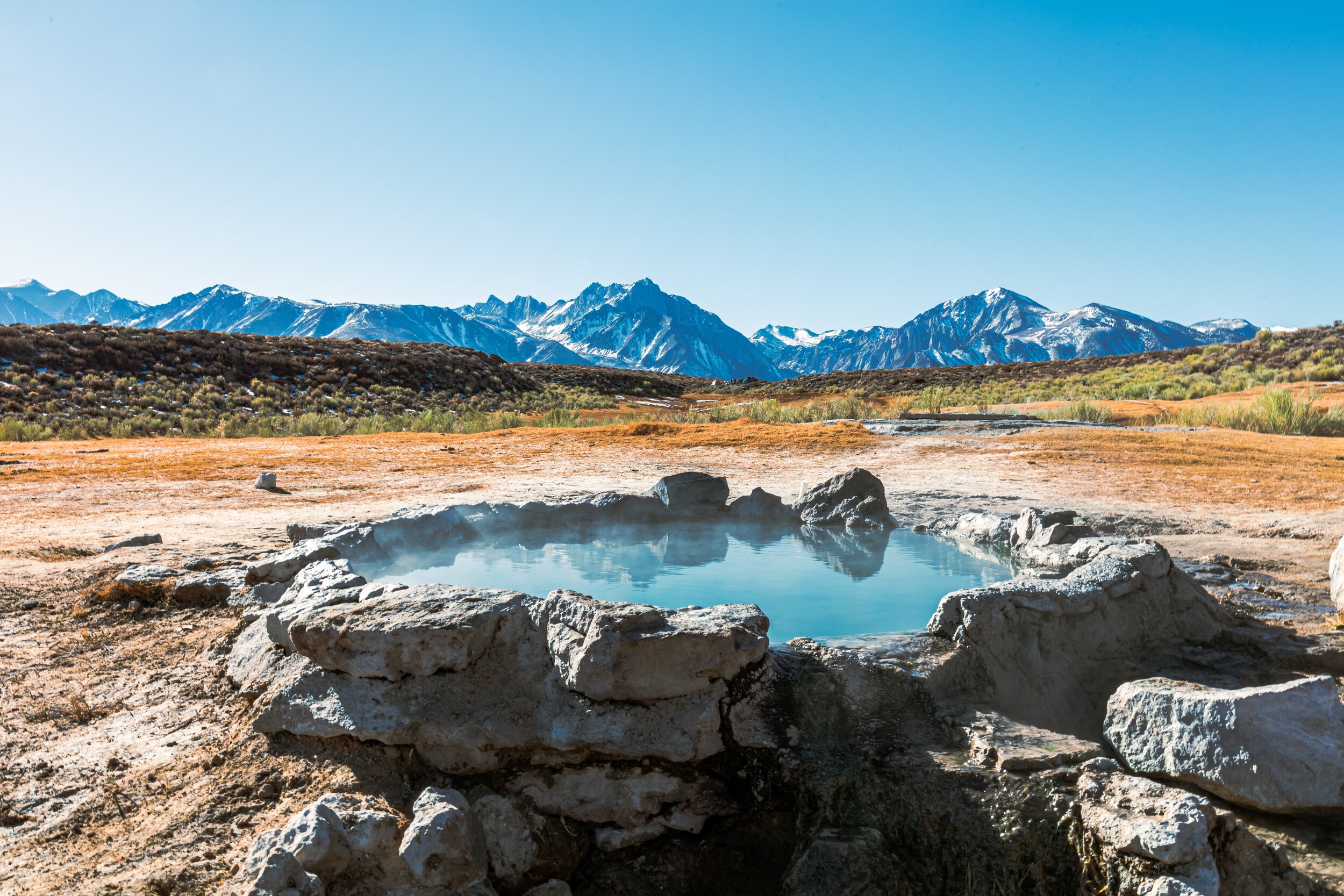
Natural mineral waters have always provided benefits to living creatures on earth.
Developed over the centuries,
Balneology has origins in ancient Egypt, Greece, Roman, Germany, France, Russia, Arabia, China, Japan, as well as numerous indigenous cultures around the world. Hippocrates, the “Father of Modern Medicine,” was the first to reference healing with water in 500 B.C. and the Romans were famous for building bathhouses and bringing thousands of its citizens to the waters for exercise, theatre, study, and socializing in addition to bathing.
At the time of the founding of the United States of America in 1776, President George Washington established the public mineral water spa at Berkeley Springs, in what is now Bath County, West Virginia. Originally named “Medicine Waters” on a map drawn by Thomas Jefferson’ father, Washington recognized the curative and healing powers of the waters and visited frequently with his family.
Over half a century later in 1832 during Andrew Jackson’s presidency, the first national public land grant was set aside at “Hot Springs” in what is now Arkansas. This was the first congressional act of conserving and recognizing the value and benefits of the natural mineral waters. Four decades later in 1872, the National Park System was formed, and “Yellowstone” was established as the first park set aside for preservation due to both the extraordinary geothermal waters and their natural environment.
During the decades following the Civil War up through the beginning of World War II in 1941, hundreds of thousands of Americans regularly visited and utilized natural mineral waters sources across the continent for their wellness, health care, therapy and rehabilitation.
At the beginning of the 20th, through the Roaring 20’s and into the Great Depression, Saratoga Springs in Upstate New York became one of the largest and most popular wellness resorts and health spas. With funding from the New Deal, Saratoga Springs developed into a world class destination resort spa and research facility. During the same time and on the other coast, California attracted many visitors and patients seeking solutions to their health and medical problems because of its numerous active geothermal mineral water sources and pleasant climate.
After World War II and during the following four decades (1950s – 1980s) numerous public health and social issues like polio, segregation, and scientific advances in pharmacology influenced mass media and public perception, which led to the abandonment of natural mineral waters for health and healing. Formal medical attention and training turned elsewhere during the atomic and electronic information ages.
A Meeting of Medical Minds: Hippocrates & Galen
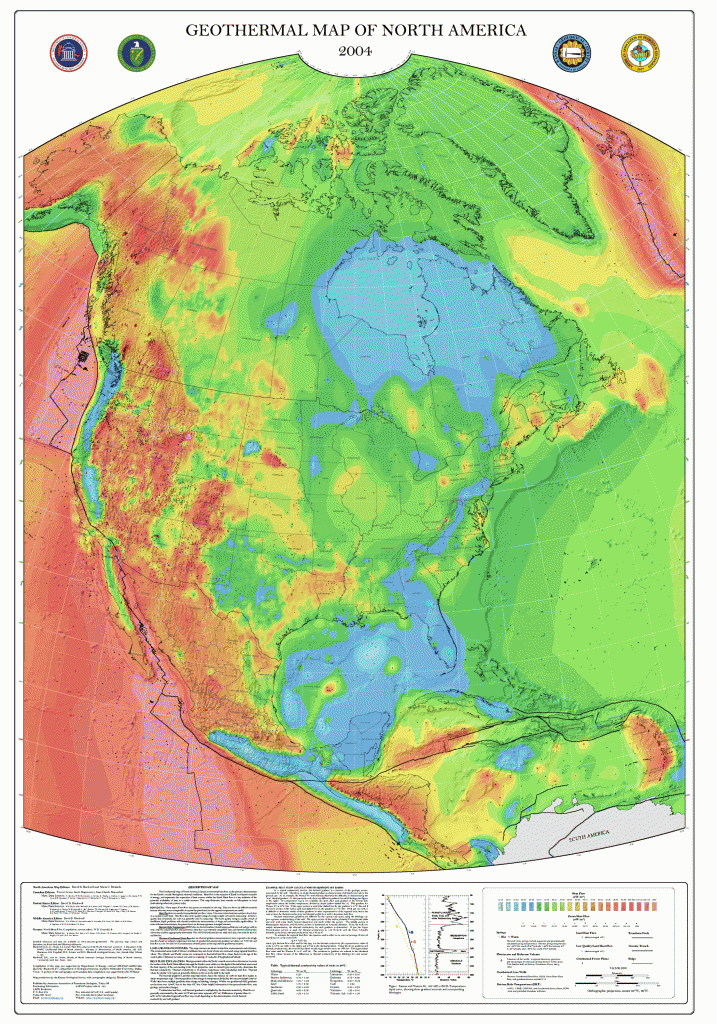
Geothermal Map of North America
Balneology, Open Air Bath, 1571
George Washington's Bathtub 1748
Chena Hot Springs Resort, Fairbanks, Alaska
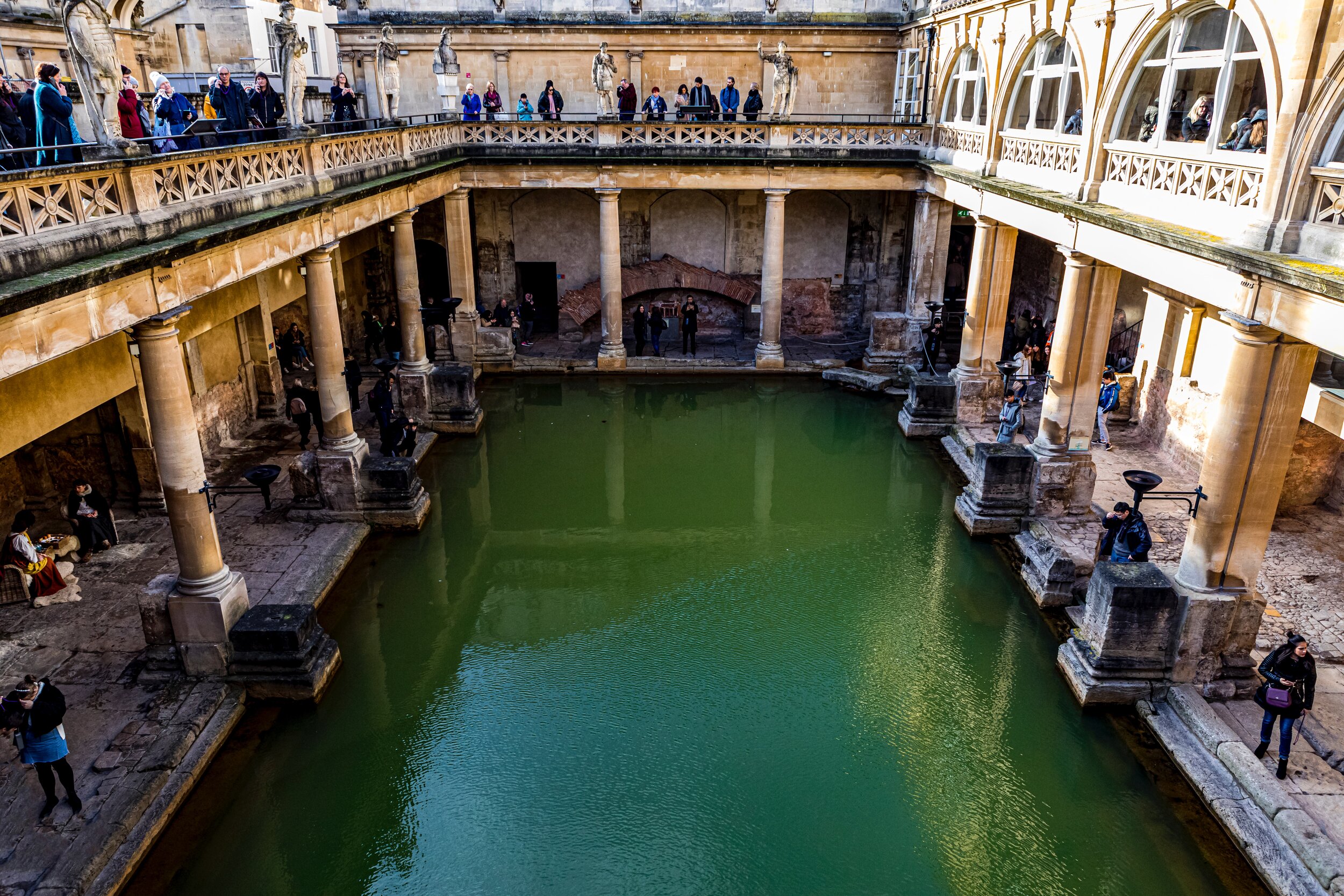
Roman Bath
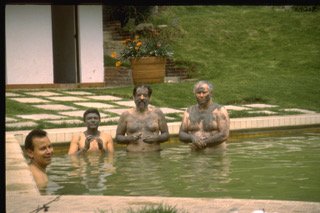
Mexican Mud Bath. Photo Cred: Private Collection of Dr. Jonathan Paul de Vierville ©
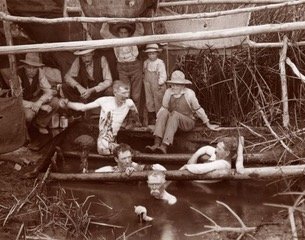
Mud Baths, Montana. Photo Cred: Private Collection of Dr. Jonathan Paul de Vierville ©
California Hot Springs
Saratoga Springs
At the Springs with George
Yellowstone National Park Hot Springs
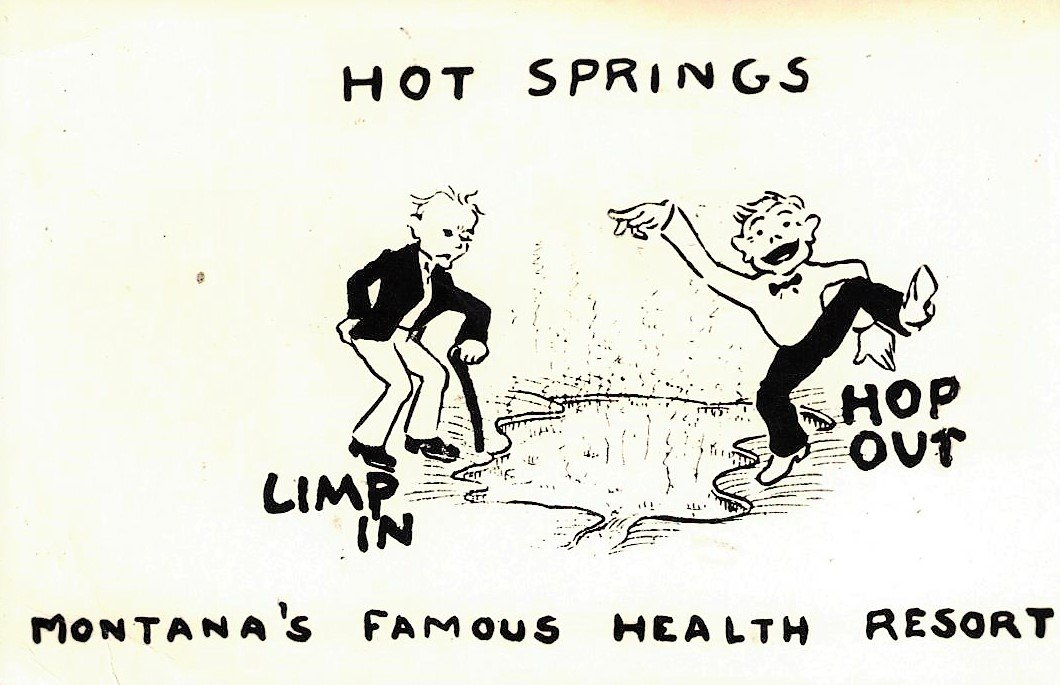
Promotion of Mineral Water Effects, Ad, Montana. Photo Cred: Private Collection of Dr. Jonathan Paul de Vierville ©
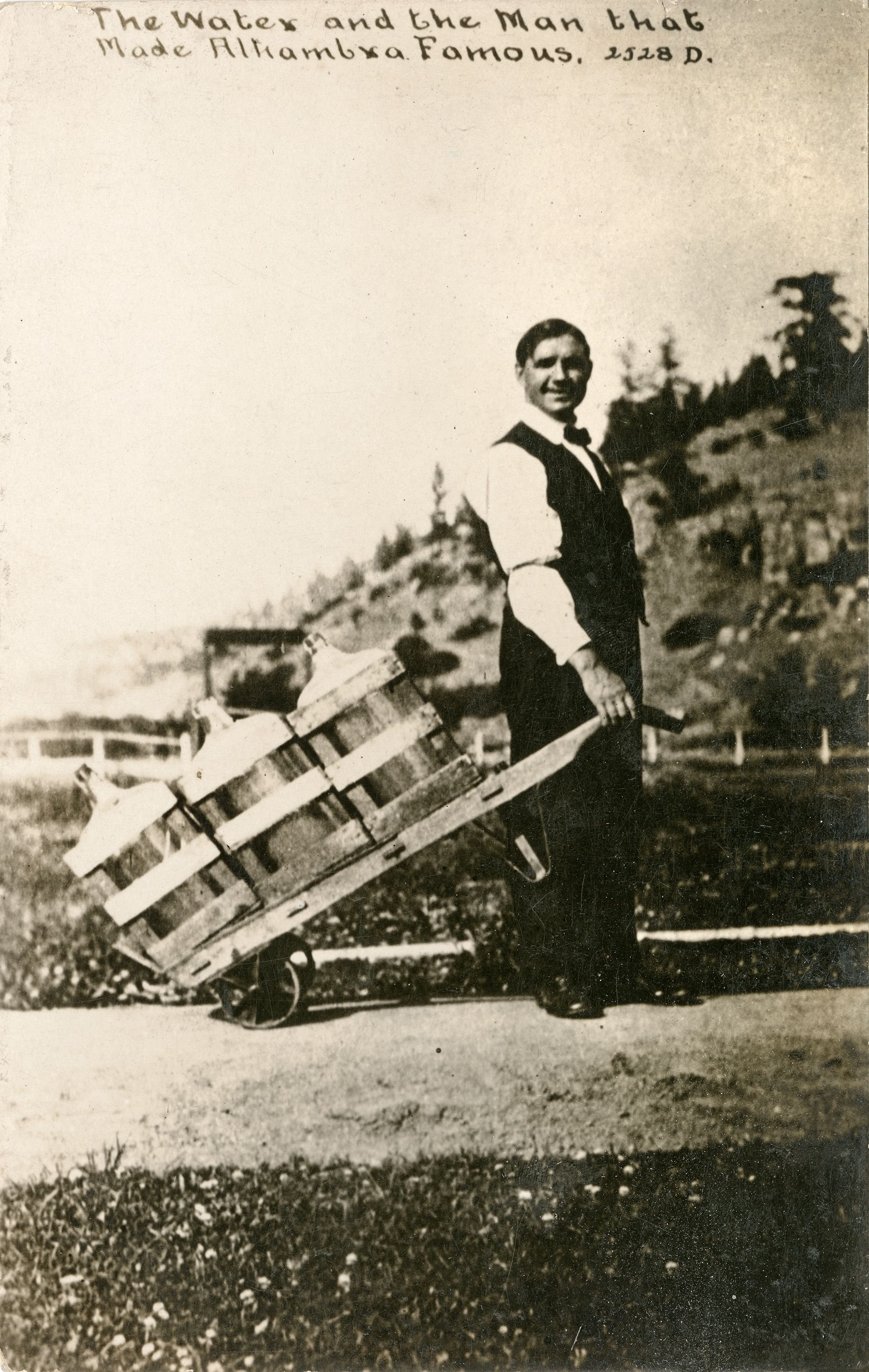
Early drinking water delivery, Montana. Photo Cred: Private Collection of Dr. Jonathan Paul de Vierville ©
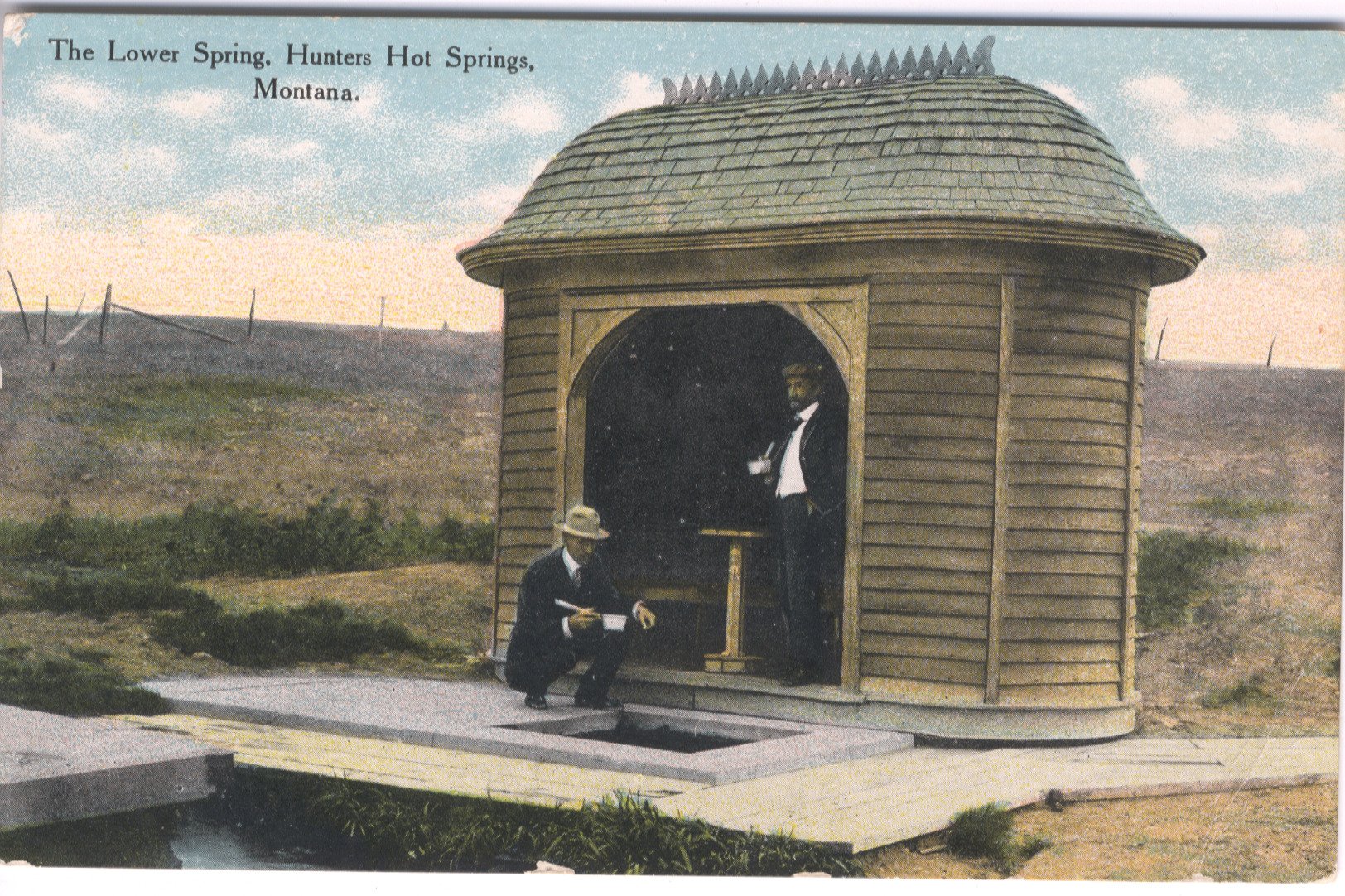
Drinking Kiosk, Montana. Photo Cred: Private Collection of Dr. Jonathan Paul de Vierville ©
Hot Springs Arkansas, the first national public land grant
Yellowstone National Park
Yellowstone National Park Hot Springs
Saratoga Springs
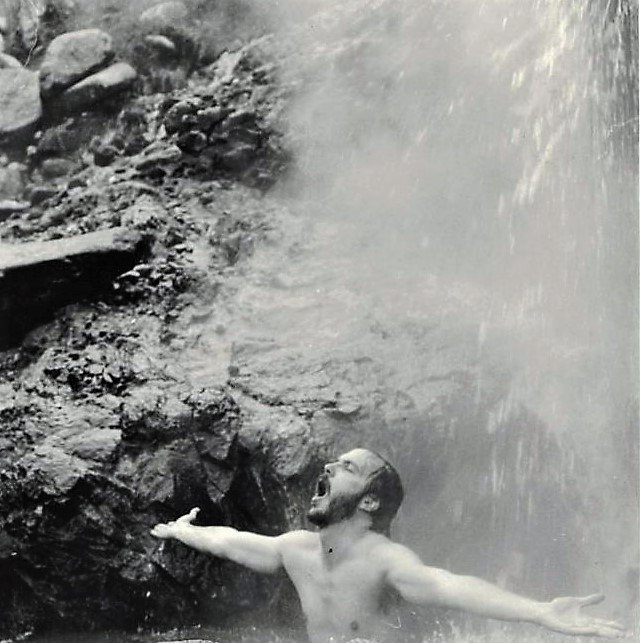
Jeff Birkby Enjoying Heated Waters in Idaho
